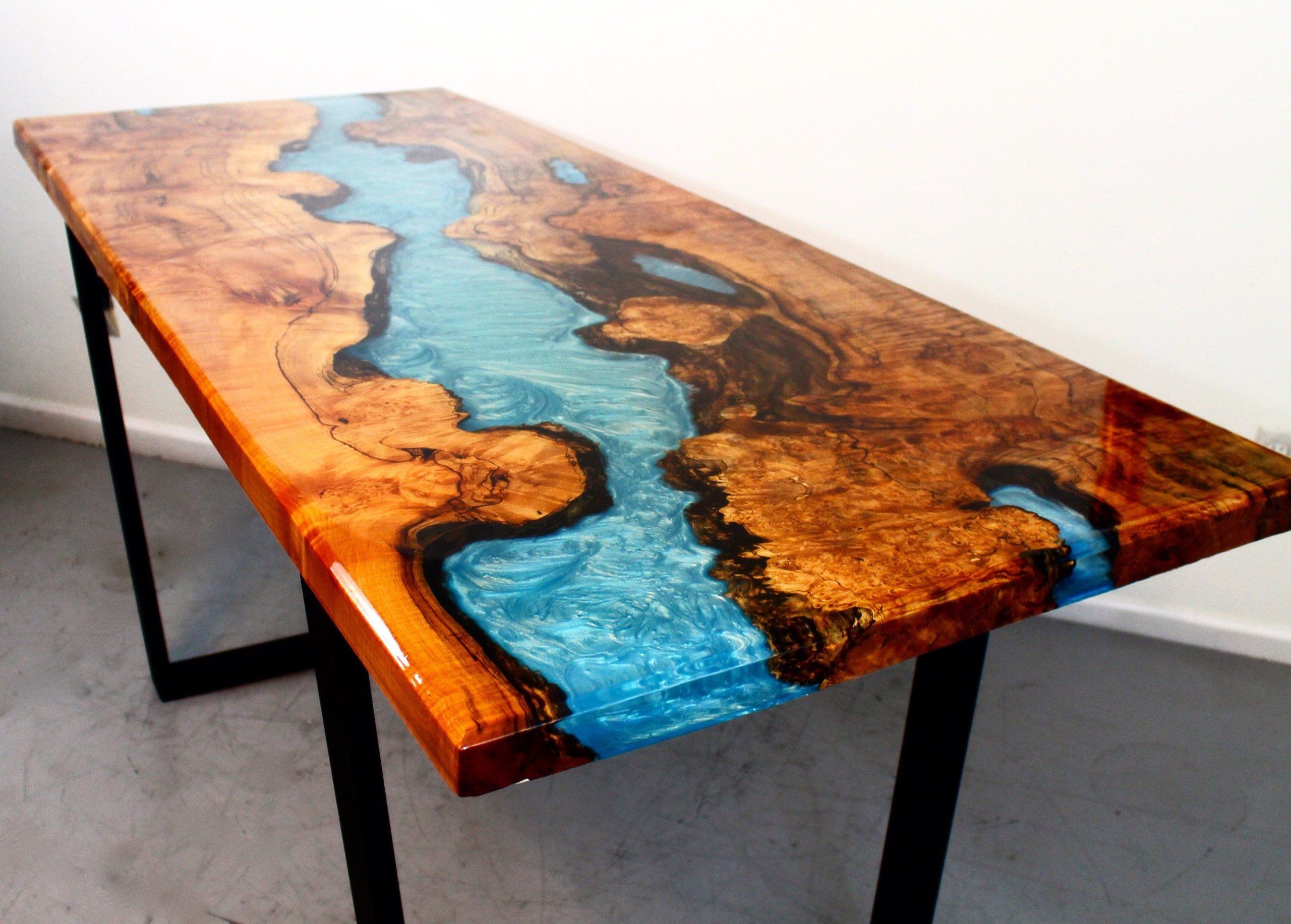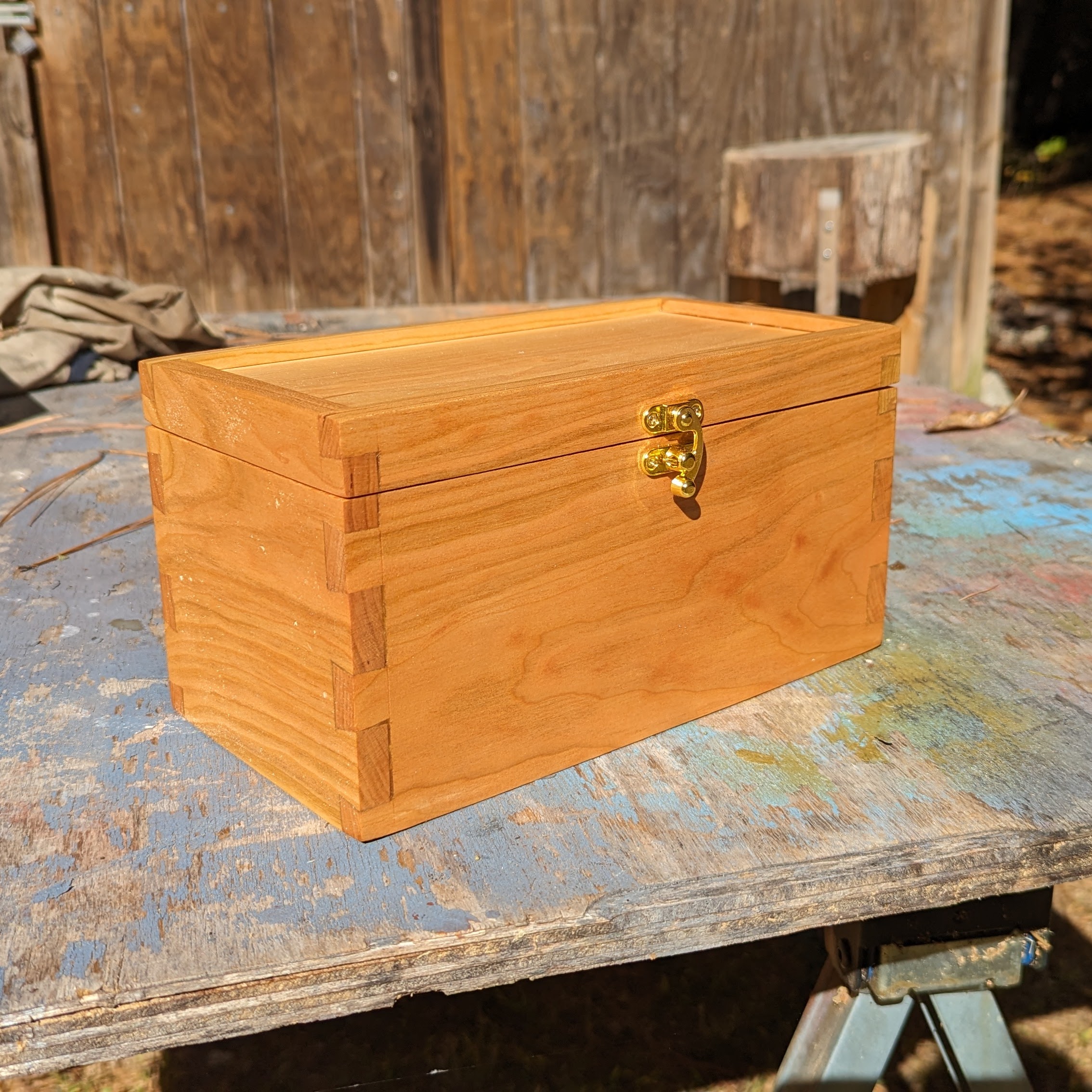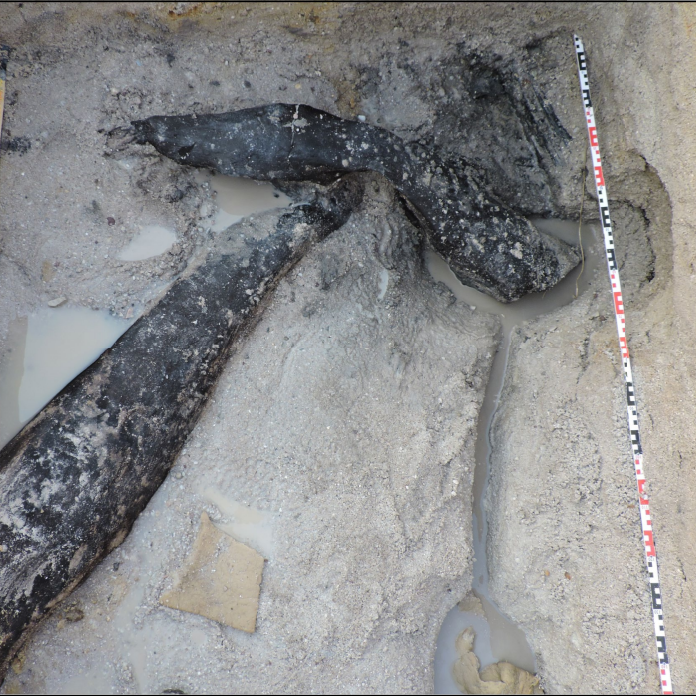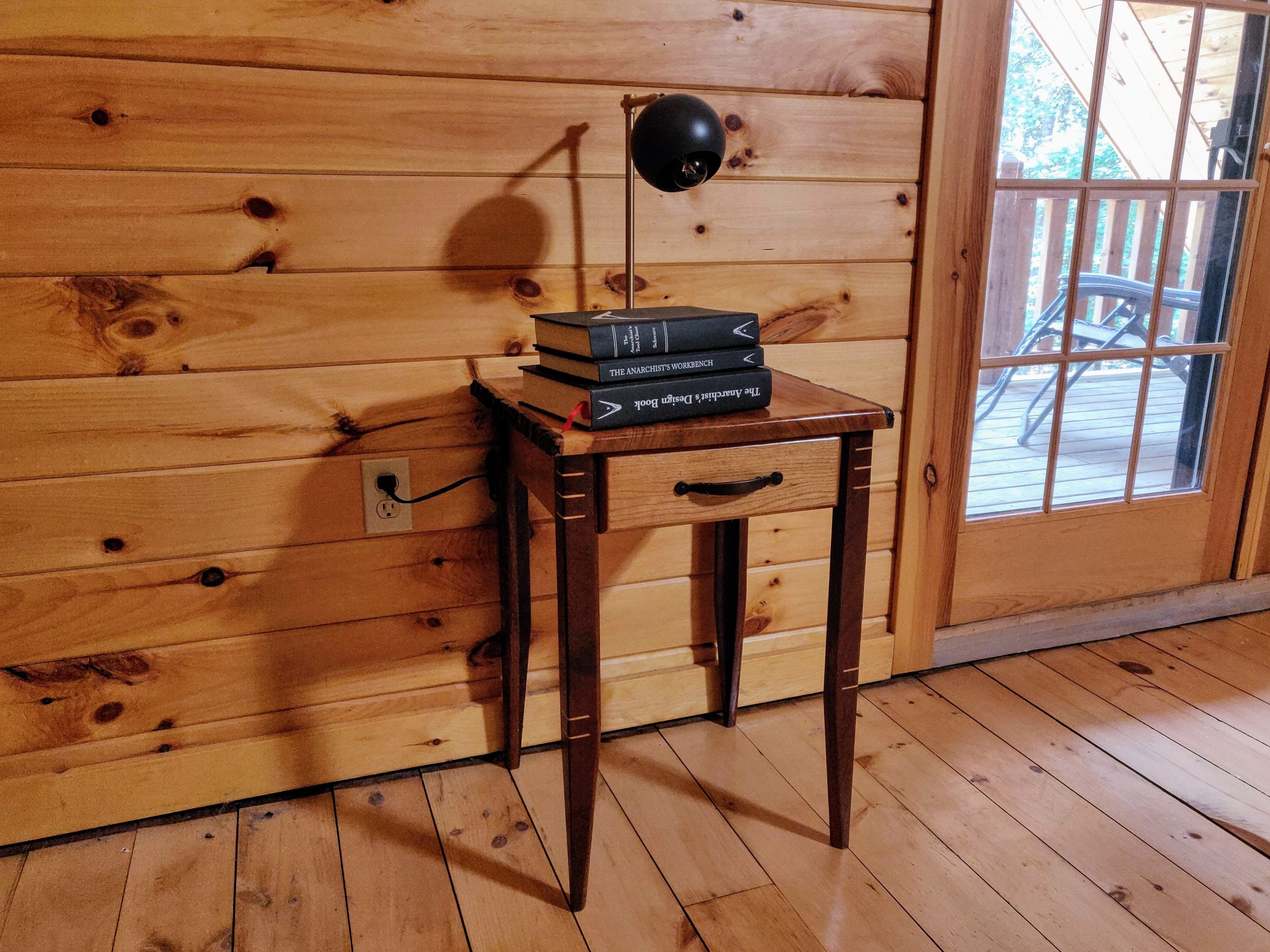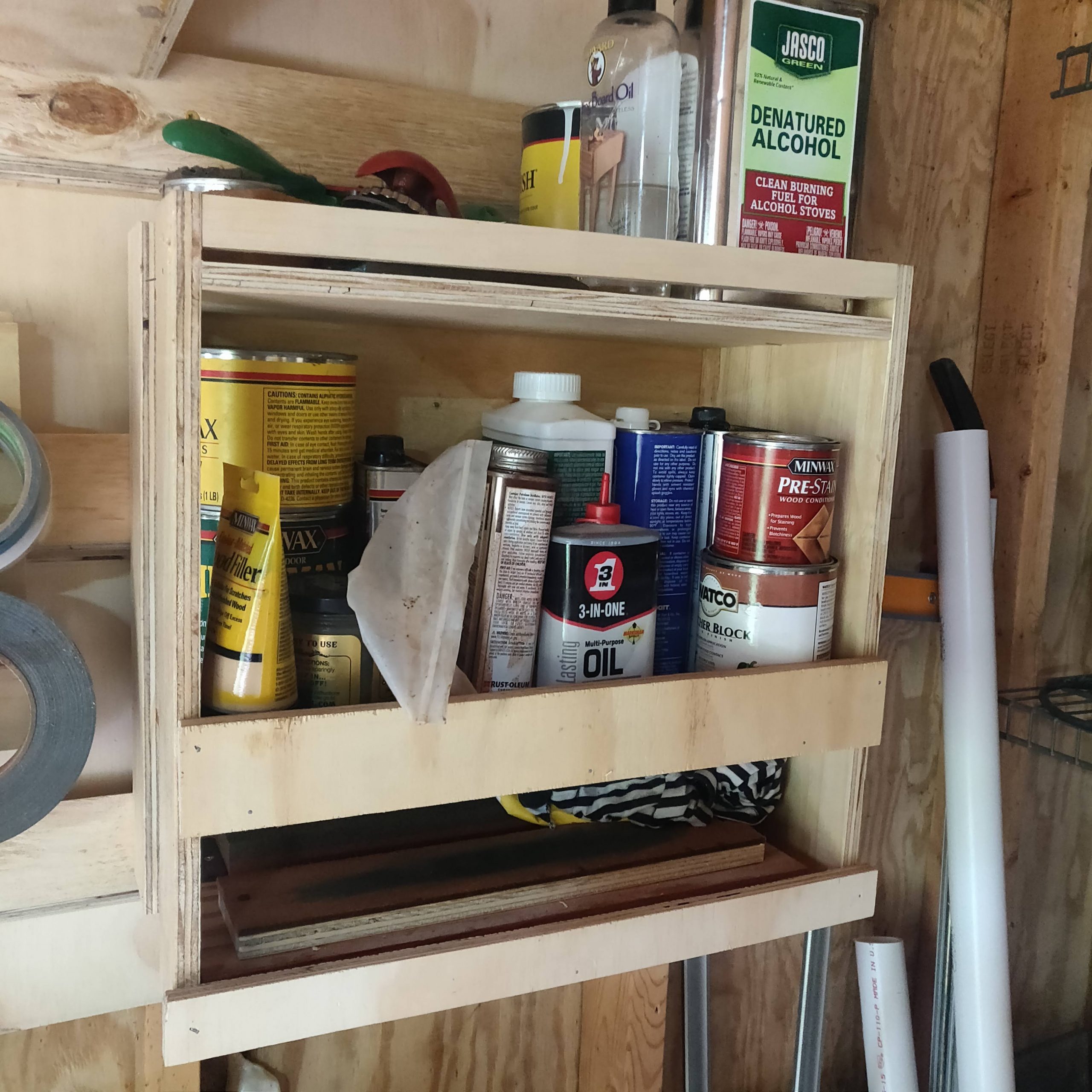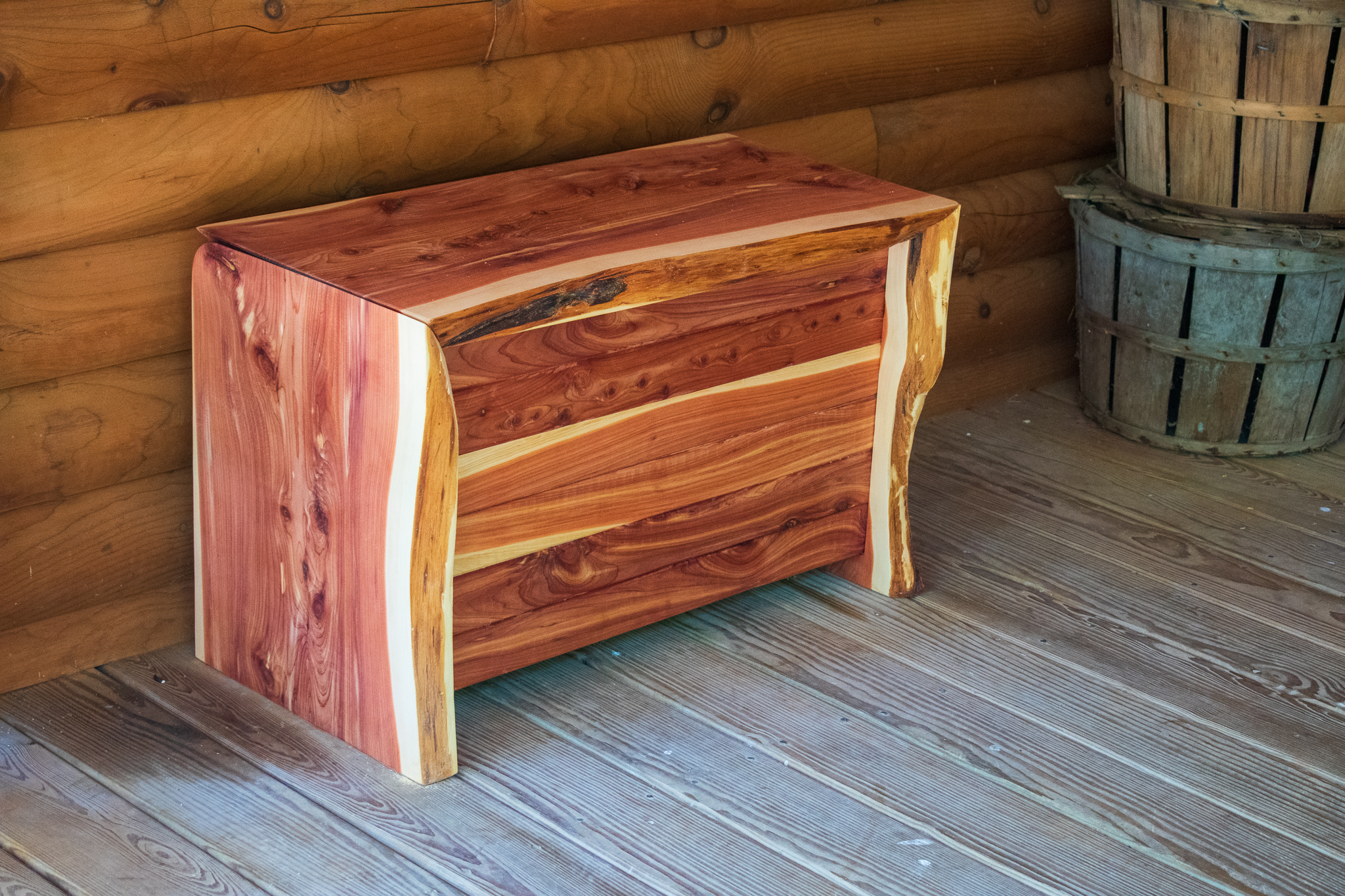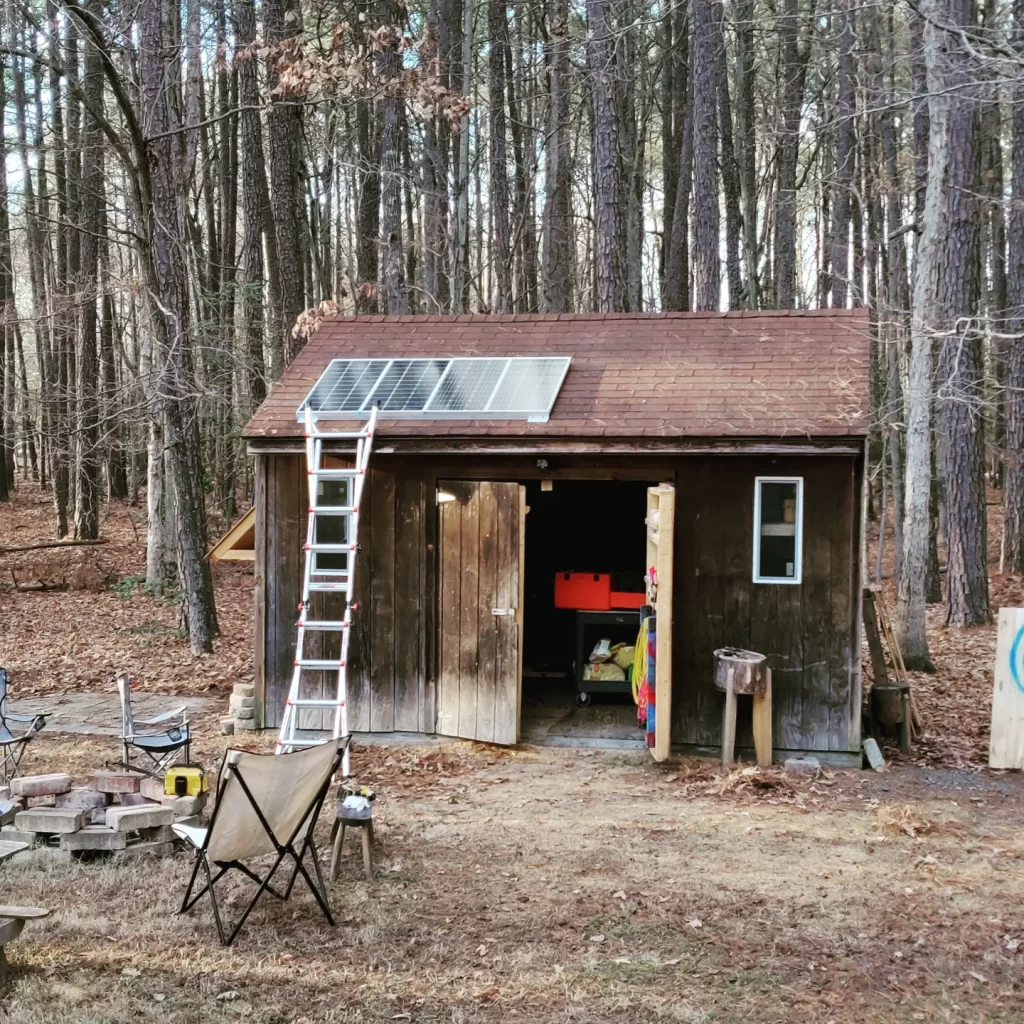
Two years ago, I set out on a little mission: to build an off-grid solar array that would power my woodshop. This array needed to charge all my cordless batteries, but also drive my table saw, miter saw, circular saw, and the big router on my slab flattening jig. But there was a catch. The entire system could cost no more than one American Recovery Act stimulus check.
That first build can be found here: I turned my woodshop into a personal solar farm.
It worked. I beat the heck out of that set up and, other than in the dead of winter when it was too cold for the battery, it could handle most everything I threw at it, pretty well. It wasn’t perfect, and it had some issues with overdrawing, but the safety stops I put in place ensured that when I did push it too hard, it shut itself down rather than compromising components. There were limits, though, as I added bigger tools like a bench planer and started hogging through much tougher stock, I began to run into more and more issues.
So here we are, 2 years later, with all the upgrades and modifications that I made to my off-grid workshop to keep things running hard.
Read More “Woodworking off the grid: upgrades to my DIY solar workshop” »
